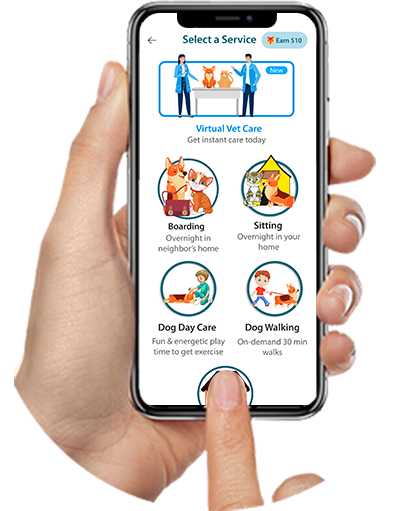Pale gums in dogs refer to a condition where the normally pink color of a dog’s gums appears lighter or whitish. Healthy dog gums typically have a salmon pink color, although some variations can be normal depending on the breed. The color of a dog’s gums is an important indicator of their overall health and circulatory system function. Pale gums can signal a range of health issues, from minor concerns to life-threatening conditions. This discoloration occurs when there’s reduced blood flow or a decrease in the number of red blood cells reaching the gums.
Signs and Symptoms of Pale Gums
The primary sign of pale gums in dogs is, of course, the lightening of the gum color from a healthy pink to a pale pink, white, or even grayish hue. However, this condition is often accompanied by other symptoms that can help indicate the underlying cause. Dogs with pale gums may exhibit lethargy or weakness, as the condition often reflects a lack of proper oxygen circulation in the body. Decreased appetite and increased thirst are common, especially if the pale gums are due to dehydration or kidney issues. Rapid or labored breathing might be observed as the body tries to compensate for reduced oxygen levels. In some cases, dogs may show signs of dizziness or disorientation.Some dogs may exhibit exercise intolerance or collapse after minimal exertion. In severe cases, particularly those involving significant blood loss or anemia, the dog’s tongue and the inside of the eyelids may also appear pale. Any persistent paleness in the gums, especially when accompanied by other symptoms, warrants immediate veterinary attention.
Causes
The causes of pale gums in dogs can be diverse and range from mild to severe conditions. One of the most common causes is anemia, a condition where there’s a decrease in the number of red blood cells or hemoglobin in the blood. Anemia can result from various factors, including blood loss, destruction of red blood cells, or decreased production of red blood cells. Parasitic infestations, such as hookworms or severe flea infestations, can lead to blood loss and consequent pale gums. Trauma or injuries causing internal or external bleeding are another potential cause. Certain toxins, like rat poison, can interfere with blood clotting and lead to pale gums. Chronic diseases such as kidney or liver disease can result in anemia and pale gums. Cardiovascular issues, including heart disease or blood clots, can impair circulation and cause gum pallor. Nutritional deficiencies, especially of iron, can lead to anemia and pale gums. In rare cases, congenital disorders affecting blood cell production or circulation can be the underlying cause. It’s important to note that sometimes, pale gums can be a side effect of certain medications or a temporary response to stress or excitement.
Preventive Measures of Pale Gums in Dogs
While not all causes of pale gums can be prevented, there are several measures dog owners can take to reduce the risk. Regular veterinary check-ups are crucial for early detection of potential health issues. Maintaining a proper diet that meets all nutritional requirements can help prevent deficiencies that might lead to anemia. Keeping your dog away from toxic substances, such as rat poison or certain human foods, can prevent accidental poisoning. Ensuring your dog is up to date on vaccinations can help prevent certain infectious diseases that might lead to anemia. For dogs with known chronic conditions, following the veterinarian’s management plan closely is crucial. Monitoring your dog for any signs of illness or unusual behavior can help catch problems early. Providing a safe environment to prevent traumatic injuries that could lead to blood loss is important. Regular dental care can prevent gum disease, which in severe cases can contribute to chronic blood loss. For breeds predisposed to certain blood disorders, genetic testing and careful breeding practices can help reduce the incidence of these conditions. Teaching your dog basic obedience can prevent them from ingesting harmful substances or wandering into dangerous situations. Regular exercise and weight management can help maintain overall health and reduce the risk of conditions that might lead to circulatory issues.
Conclusion
Pale gums in dogs are a significant warning sign that should never be ignored. While they can sometimes indicate minor, temporary issues, they can also be a symptom of serious, life-threatening conditions. The key to managing this symptom lies in early detection and prompt veterinary care. Dog owners play a crucial role in monitoring their pet’s health, and regular gum checks should be part of routine care. However, prevention remains the best approach, emphasizing the importance of regular veterinary check-ups, proper nutrition, and a safe living environment. By staying vigilant and proactive about their dog’s health, owners can help ensure their furry companions lead healthy, happy lives.




 Expert advice on healthcare, nutrition, behavior and all your pet needs!
Expert advice on healthcare, nutrition, behavior and all your pet needs! 








